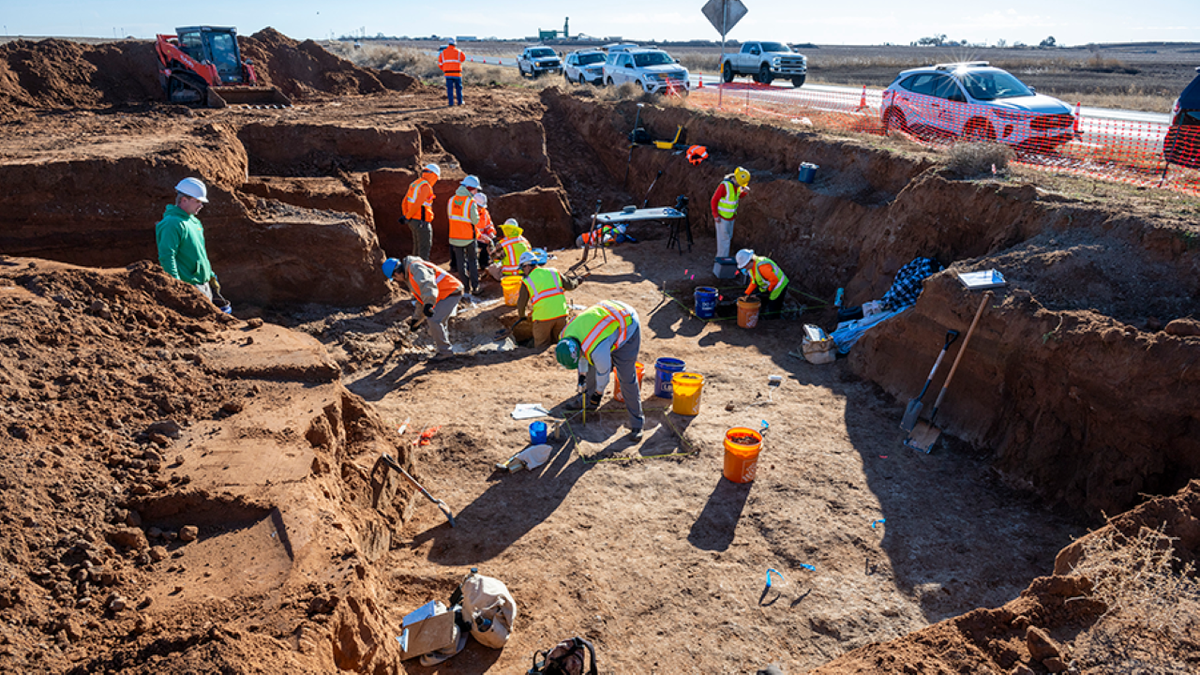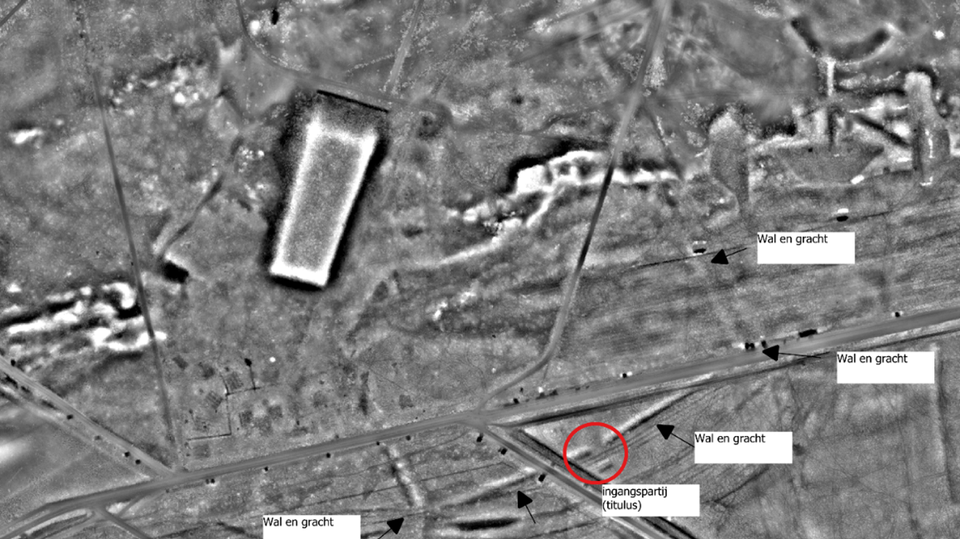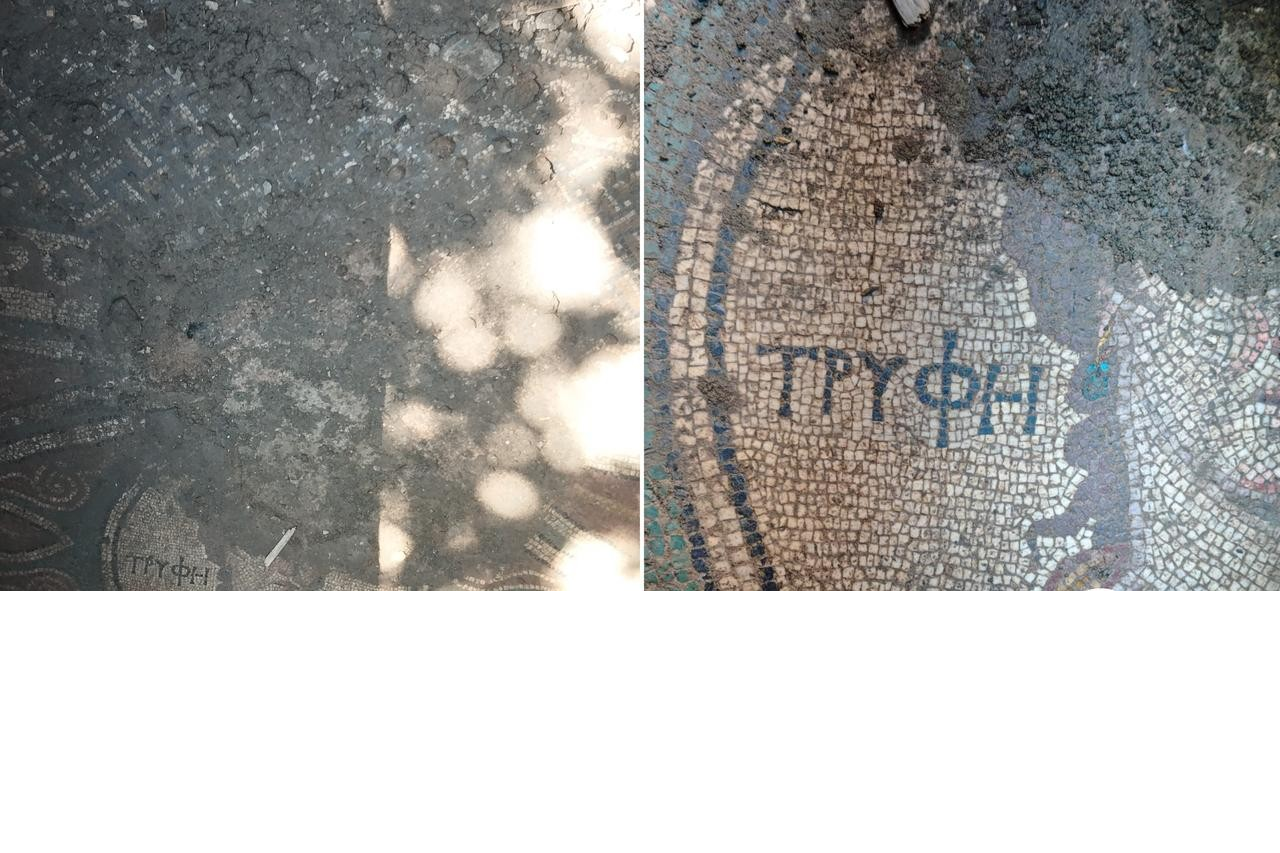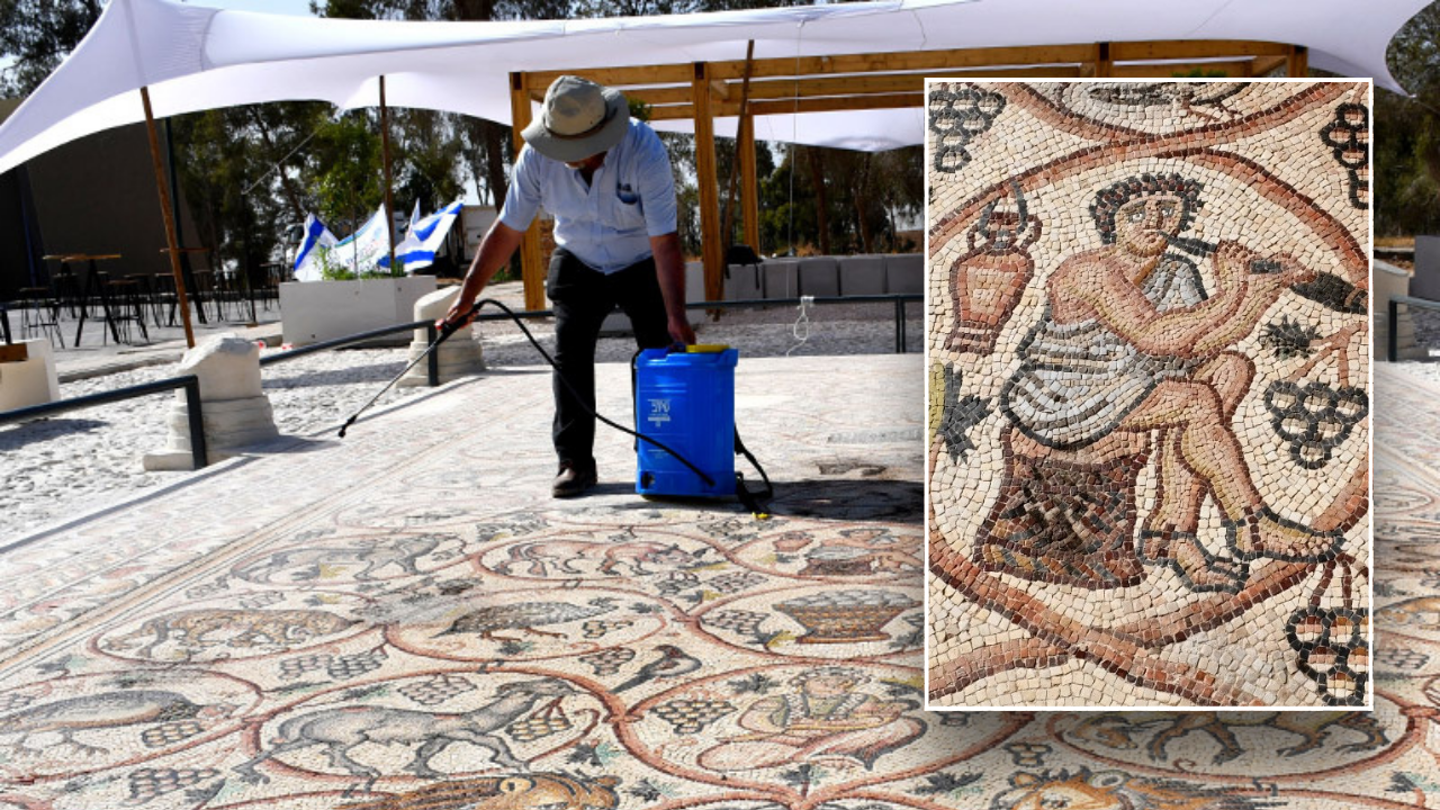The discovery of Finland's oldest known church at Ravattula offers invaluable insights into the spread of Christianity and the cultural practices of 13th-century Finns. Unearthed during excavations near Turku in 2013, these ruins have revealed a wealth of historical detail, shedding light on Finland’s transition from paganism to Christianity.
A Historic Discovery
Located on Ristimäki Hill, about four kilometers northeast of Turku, the church predates Finland’s formal parish system established by the Catholic Church. Thought to have been a private chapel or village church, it served the local community until the early 1200s. After its abandonment, the site’s memory faded, leaving behind only the name “Cross Hill” (Ristimäki).
Radiocarbon dating indicates the church was constructed shortly after the mid-12th century and was active until the mid-13th century. The wooden structure, about 10 meters long and 6 meters wide, was built on stone foundations and aligned on an east-west axis.
Debunking Myths: The Arrival of Christianity
For centuries, legends told of crusades in the 12th and 13th centuries that forcefully imposed Christianity on Finland. However, archaeologist Juha Ruohonen of the University of Turku explains that the spread of Christianity was a gradual process, starting as early as the 900s through personal interactions and missionary efforts rather than conquest.
By the mid-1100s, significant administrative changes formally integrated Finland into the Swedish realm and the Catholic Church, laying the groundwork for the parish system. These findings reshape previous understandings of the First Crusade’s role, emphasizing local ecclesiastical developments over military campaigns.
Community and Burial Practices
Excavations at Ristimäki uncovered not just the church but also a surrounding cemetery. Over 60 graves have been examined, revealing a blend of Christian rites and older pagan traditions. For instance, burials included coffins and personal items like jewelry, beads, and weapons—an indication of lingering pre-Christian beliefs.
Remarkably, well-preserved textile fragments from the graves provided a rare glimpse into 12th-century clothing. Interdisciplinary research allowed for the reconstruction of an authentic Ravattula costume, complete with bronze ornaments and woolen fabrics.
The Ongoing Legacy of Ravattula
Although excavations concluded in 2016, only a third of the site has been explored, leaving decades of potential research. Artifacts, including decorative glass beads, brooches, and even everyday items like nails, continue to provide new insights thanks to advancing archaeological methods.
Stored in the archives of the University of Turku, these finds deepen our understanding of early Finnish Christianity, medieval life, and cultural transitions.
A Glimpse into the Past
The Ravattula site serves as a vital window into Finland’s history, revealing how religion, culture, and community evolved during a transformative era. While much remains to be uncovered, each new discovery enriches our appreciation of Finland's rich and complex heritage.







